- With the appearance of COVID-19 on the scene, we had to change our way of working.
- This has driven digital developments that may otherwise have taken years.
- What we do see, of course, is video conferencing for most of our meetings, and we now realize that actually we don’t need to be there in person. In fact, most conferences, including the one where this presentation was made, are having to be taken virtually, and this means that more people can, in fact, attend.
- There have arisen three main changes:
- Resurgence of real-time video teledermatology. 20 years ago, real-time teledermatology was really put aside because it was poorly effective, expensive, and very time-consuming. However, we now have modern systems such as AttendAnywhere, AccuRx, and Zoom that’s used in the UK, some of which will have virtual waiting rooms. So patients can be given the time, access to a waiting room on their phone or their laptop, and then can be let into a virtual clinic where they can see the specialist, which is very good, particularly for follow-up patients, although the images are not really good enough, sometimes, for making a diagnosis on new patients.
- The end of ward rounds. No longer do we have to spend a lot of time, which can be wasted putting on and off protective personal equipment (PPE), to see patients referred by our colleagues with dermatological problems:
-And adaptation of store and forward, which for a number of apps used in the UK, such as Pando, ConsultantConnect, eDerma and Careflow, details of the patients together with carefully taken images, taken in a secure way through the app, can then be forwarded to the dermatologist for their opinion. This can safely be shared between juniors and seniors alike, speeding up the specialist referral system, with safety for all concerned. Thus more often than not the patient doesn’t require an in person referral from the GP - Increased use of patient-generated images. Already, we’ve seen some teledermatology systems where we can have primary to secondary care referrals, but now the patient can generate his own images, and then forward it into the teledermatology system.
-However, this has been taken up to a large degree in primary care where patients are not wanting to venture out to see their GP, but call and send images through platforms such as eConsult. If necessary, these can be forwarded directly to secondary care using variant IT systems.
Saul Halpern, MD. Teledermatology in Europe. 8th World Congress of Teledermatology, Skin Imaging and AI in Skin diseases – November 2020







